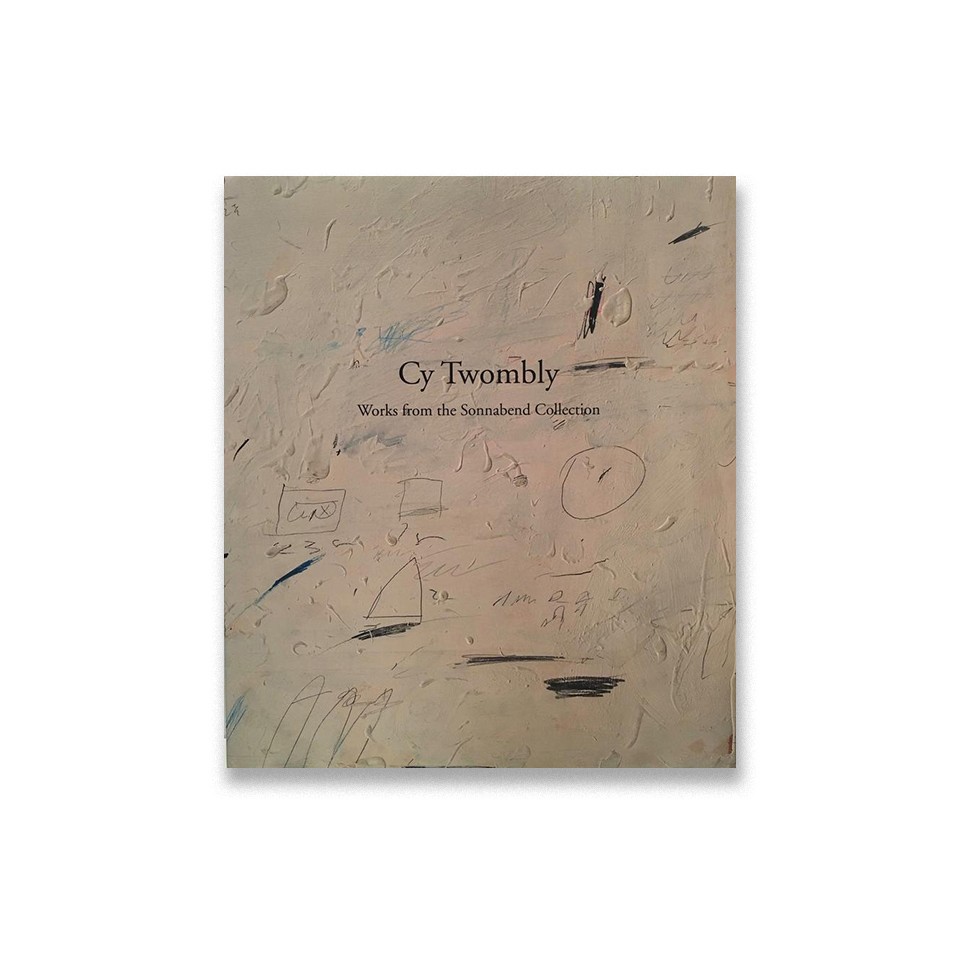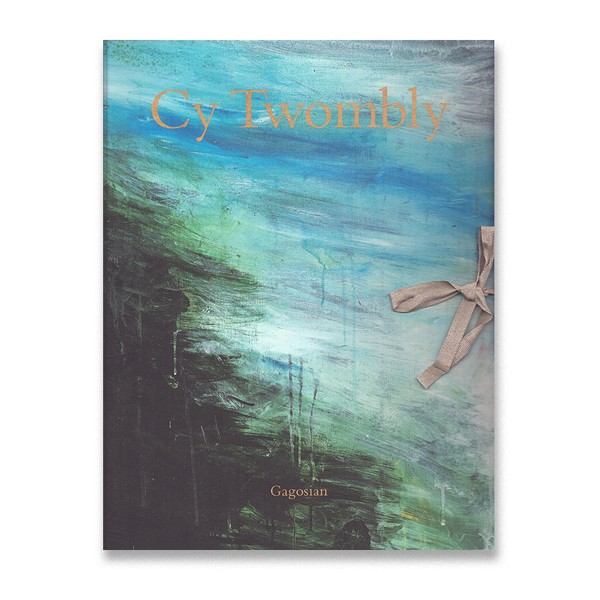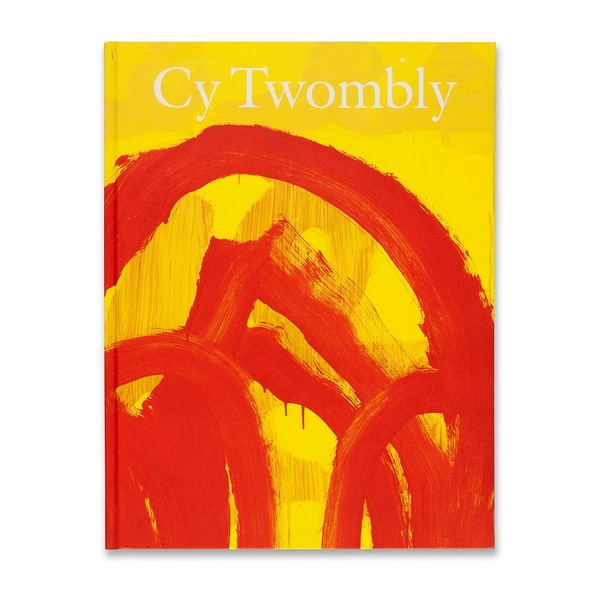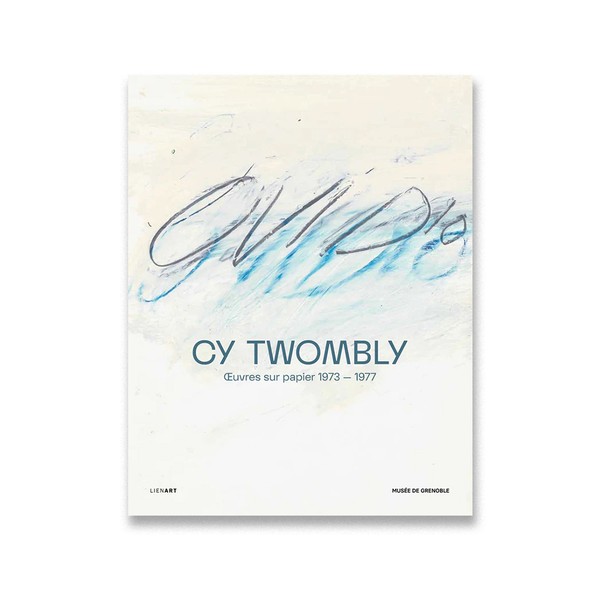Cy Twombly
Works from the Sonnabend Collection

This volume includes Annie Cohen-Solal’s “The Multiple Territories of Cy Twombly,” James Lawrence’s “Cy Twombly’s Cryptic Nature,” and an exhibition checklist. Cohen-Solal focuses on the critical reception of Twombly’s work, considering factors such as his literary references and international residence. She discusses Twombly’s relationship with Leo Castelli—Ileana Sonnabend’s ex-husband and prominent gallerist—and the infamous reception of the artist’s Nine Discourses on Commodus (1963) at Castelli’s gallery. Turning to Sonnabend herself, Cohen-Solal quotes the artist as saying “Ileana should be given her due. She had the eye” (as quoted on 7). She offers an overview of the various gallerists who represented Twombly in his earlier career or held significant exhibitions of his work, including Gian Enzo Sperone and Yvon Lambert. She suggests that the moment when “globalization started to affect the art world” was “precisely when Twombly’s art was at last embraced by American collectors” (9), and discusses the soaring market value and critical reception of Twombly’s works in the final two decades of his life. She concludes with reflections on his legacy.
Lawrence draws on Twombly’s military service as a cryptographer to understand the artist’s line, as well as other possible sources for its development, such as inspiration taken from Jean Dubuffet. He asserts that the artist “suppressed habits that rested on conventions and tradition. He promoted tactile learning over acquired knowledge” (14). The result, for Lawrence, is one that mimics the spontaneity and unpredictability of the natural world. He considers Leonardo da Vinci’s drawings—specifically, his study for the Virgin and Child with St. Anne and the infant Baptist (c. 1505–1508)—as another possible antecedent. Lawrence discusses Untitled (to Vivaldi) at length, noting Twombly to be “a notoriously unreliable narrator” (16). He draws comparisons to Jasper Johns’s Target with Four Faces (1955) and Raphael’s Triumph of Galatea (1961), the latter of which Twombly directly engaged in the early 1960s. He concludes, paraphrasing Twombly’s famous description of his own line, that “Each experience has an innate history that defies words” (19).
Scholars interested in this volume may also consult other major catalogues and monographs, such as: Mary Jacobus’s Reading Cy Twombly: Poetry in Paint (2016); Thierry Greub’s Inscriptions (2022); Cy Twombly: A Retrospective, ed. Kirk Varnedoe (1994); Cy Twombly: Œuvres sur papier 1973–1977, Musée de Grenoble (2023); and Cy Twombly: Making Past Present, eds. Christine Kondoleon and Kate Nesin (2020).
(Publication description by Jamie Danis)
Published on the occasion of the exhibition Cy Twombly: Works from the Sonnabend Collection at Eykyn Maclean, London (February 7–March, 17 2012) and New York (April 6–May 19, 2012).
Cy Twombly. Works from the Sonnabend Collection. Edited by Kristy Bryce. Texts by Annie Cohen-Solal, James Lawrence. Published by Eykyn Maclean, London, 2012; 48 pages; fully illustrated. English edition.



